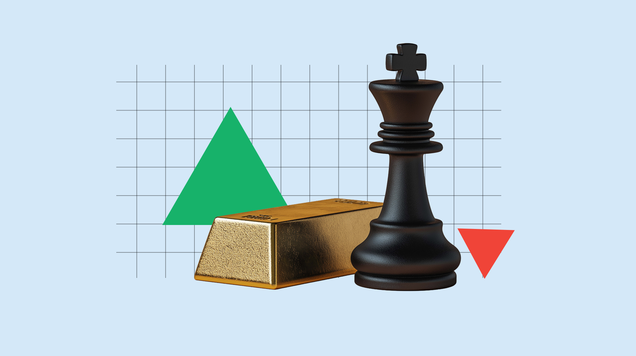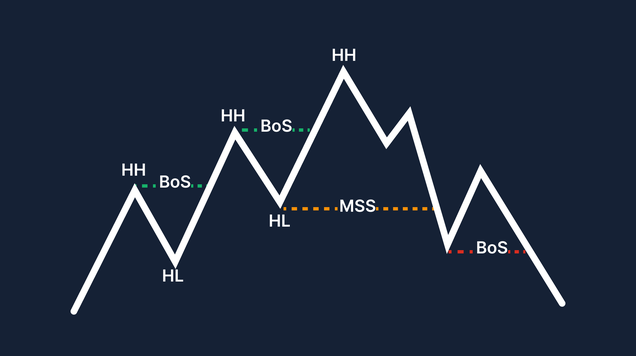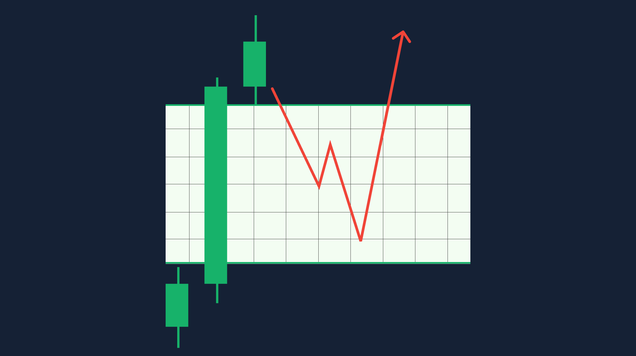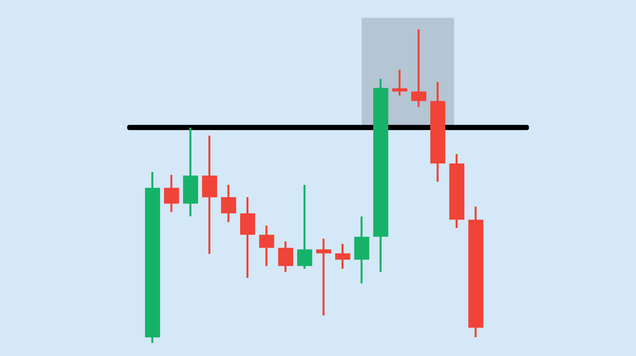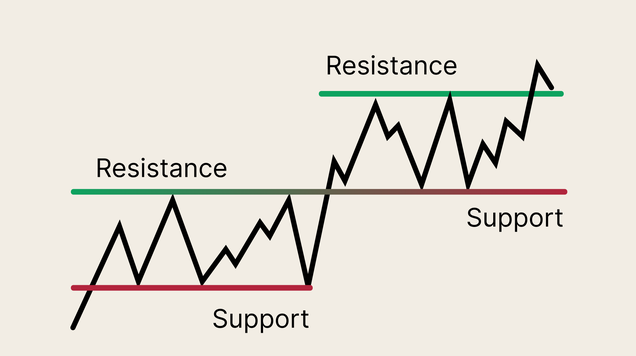Order blocks: How smart money trades in forex
Order blocks mark the footprints of banks and hedge funds on a chart, revealing where the largest orders are hidden and how price is likely to react.
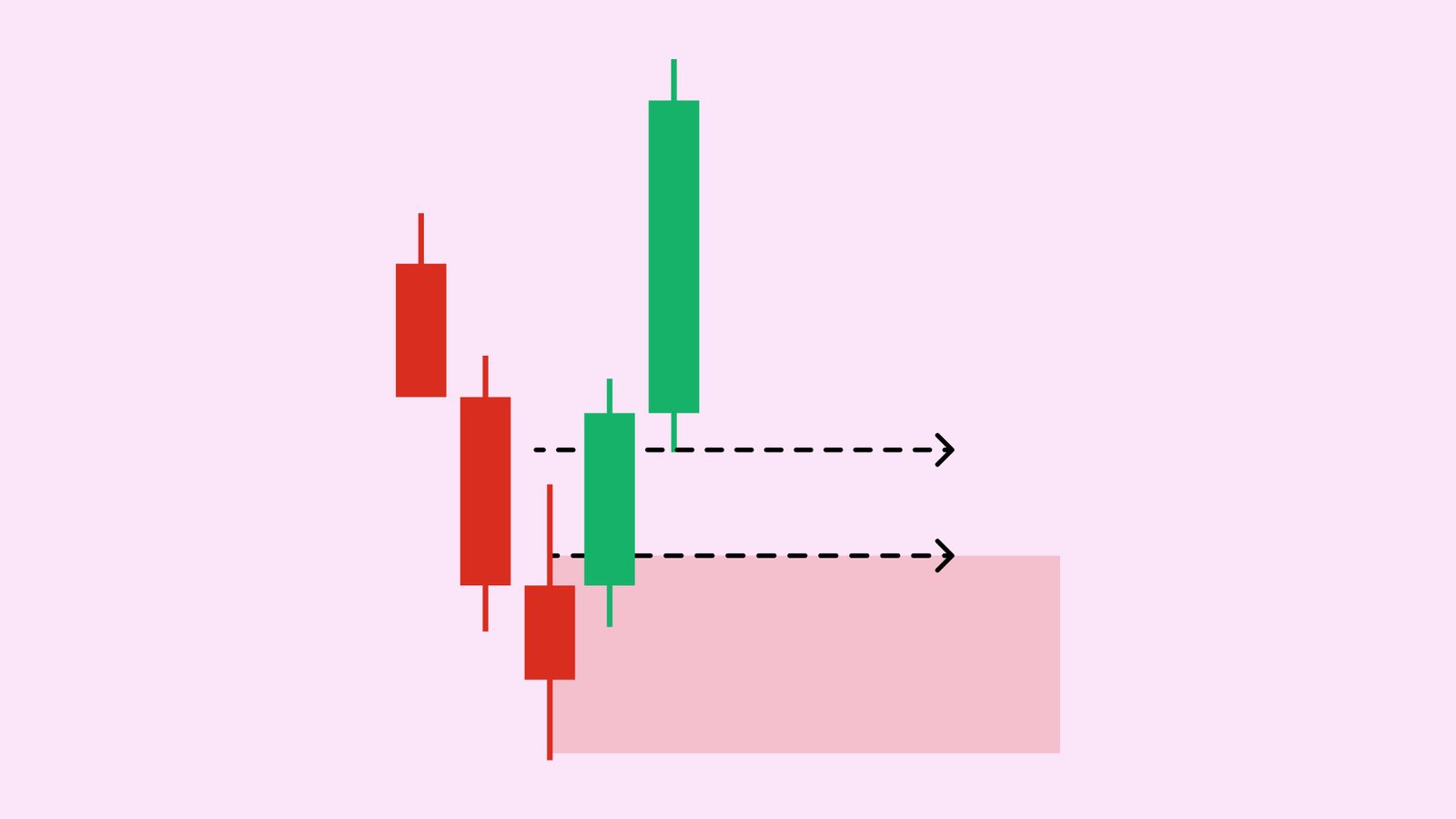
Order blocks are price zones where institutions placed heavy buy- or sell-side orders.
Mapping bullish and bearish blocks helps traders time entries before explosive moves.
A solid forex order-block strategy blends multi-time-frame analysis, liquidity sweeps, and precise risk control.
What is an order block?
In institutional slang, an order block (OB) is a cluster of limit orders generated by liquidity providers—banks, prime brokers, and large prop desks. When price revisits that zone, the remaining liquidity can halt, absorb, or reverse the current move, creating high-probability reaction points. Smart-money traders watch these blocks the way traditional price-action traders watch support and resistance.
Why institutions form order blocks
- Bulk execution – A $1 billion EUR/USD order can’t be filled in one shotwithout spiking price, so desks layer bids or offers over several candles.
- Liquidity recycling – By parking orders at a prior block, dealers reload positions where retail stops provide the cheapest fills.
- Risk transfer – Order blocks often coincide with option strikes, fixing levels, or Treasury hedges that require predictable fill zones.
Bullish vs. bearish blocks
- Bullish block – The last bearish candle (or small cluster) before an impulsive rise. Smart money bought aggressively there; a return to that zone is likely to spark demand again.
- Bearish block – The final bullish candle before a sharp drop. It shows where institutions unloaded longs or built shorts; retests typically trigger new supply.
ICT traders refine the idea further with concepts like breaker blocks and rejection blocks, but all stem from the same logic: identify the candle where control flipped from weak money to smart money.
How to spot valid order blocks
- Look for displacement – A genuine block is followed by a fast, one-sided move that breaks structure or liquidity highs/lows.
- Check volume or wide spreads – A surge in tick volume or an abnormally large candle hints at institutional engagement.
- Refine with imbalance – Price often leaves a “fair-value gap” (small void) right after the block; unfilled gaps confirm the block’s credibility.
- Use the higher time frame – Daily or 4-hour blocks act as magnets for intraday setups; lower time-frame blocks refine entries.
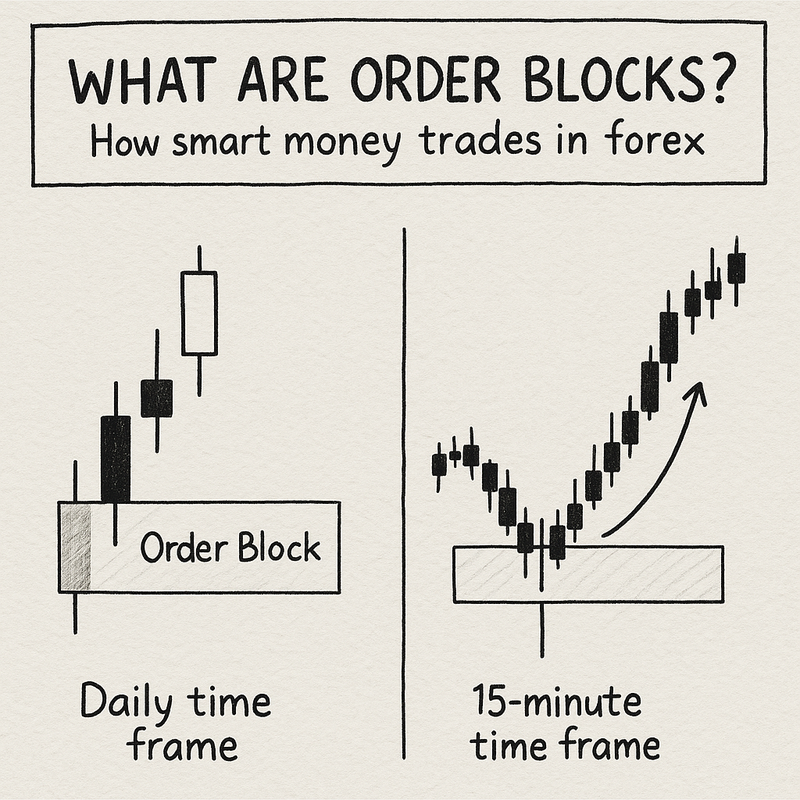
Building a forex order-block strategy
- Mark the higher-time-frame OB. Highlight the open and close of the anchor candle and project it forward.
- Wait for liquidity sweep. Let price run stops above a prior high (for bearish) or below a prior low (for bullish) to draw dumb money in.
- Enter on confirmation. Look for a lower-time-frame break of structure, inducement, or momentum shift inside the block.
- Place stops beyond the invalidation wick. If a bullish block sits at 1.0800–1.0815, a logical stop is a few pips below 1.0795.
- Target opposing liquidity. Aim for the next untouched swing high/low, or a fresh order block in the other direction.
Common pitfalls
- Mistaking every consolidation for an OB – Without a sharp displacement, it’s just noise.
- Ignoring the macro backdrop – Central-bank events can bulldoze even the cleanest block.
- Trading single-time-frame blocks – Confluence across weekly, daily, and intraday charts matters.
- Risking too much – Even smart-money footprints fail; keep risk per trade modest.
Order blocks vs. classic supply-demand zones
Supply-demand mapping paints broad rectangles. Order blocks are laser-focused, often a single candle wide. They represent actual executed volume, not merely where sellers “should” appear. That precision lets institutional traders recycle risk with tight stops and asymmetric reward.
Order blocks distill the invisible hand of liquidity into a visible price footprint. By aligning with these institutional levels, Smart Money Concept traders gain an edge over retail stop-hunters and random support-resistance lines. Mastering them demands multi-time-frame context, patience for liquidity grabs, and disciplined risk control—but the payoff is a clearer roadmap of where the biggest players plan to do business.
Frequently asked questions (FAQs)
- Are order blocks and supply-demand zones the same thing?
No. Supply-demand zones can span dozens of pips, while order blocks zoom in on the exact candle or micro-range where institutions dealt size. - Which time frame is best for finding order blocks?
Most traders map blocks on the daily or 4-hour for context, then refine entries on the 15-minute or 5-minute. - Do order blocks work in all markets?
Yes—FX, equities, futures, even crypto—anywhere large players need liquidity. - Why do some order blocks fail?
Institutions can offload positions, macro news can overwhelm the level, or the block was mis-identified. Always wait for confirmation and use tight stops.
